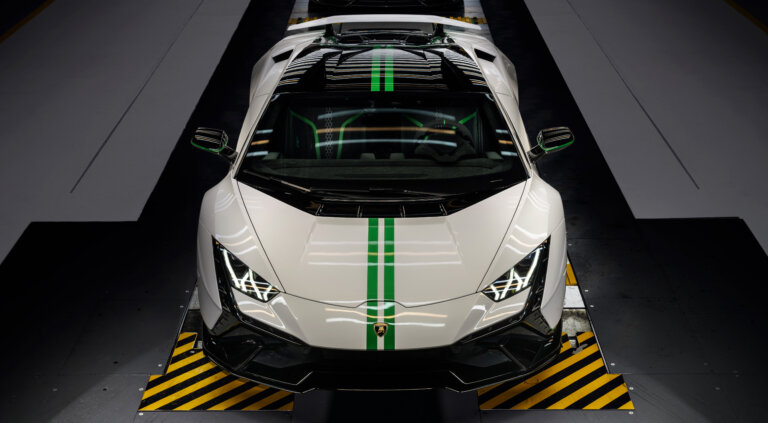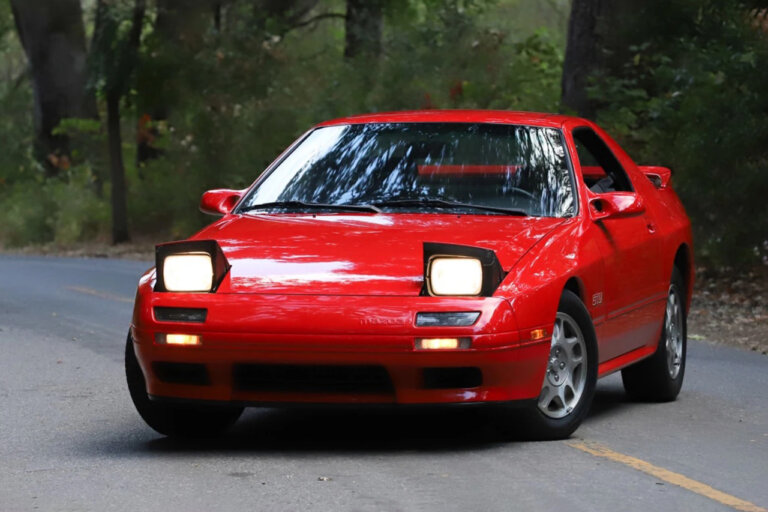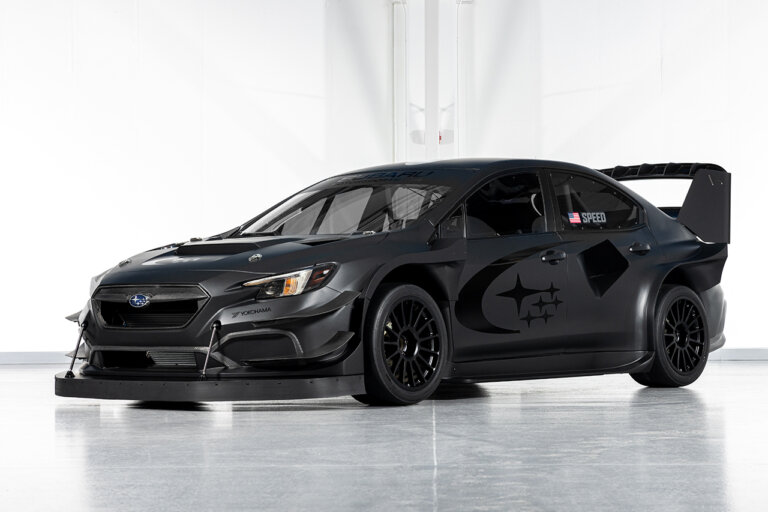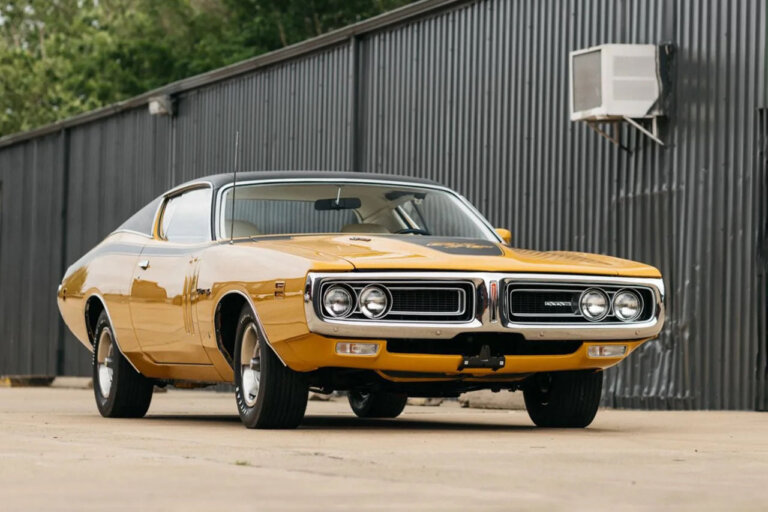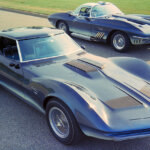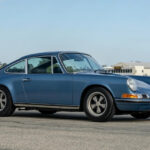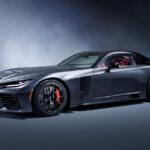Porsche 911 (1964-1989)
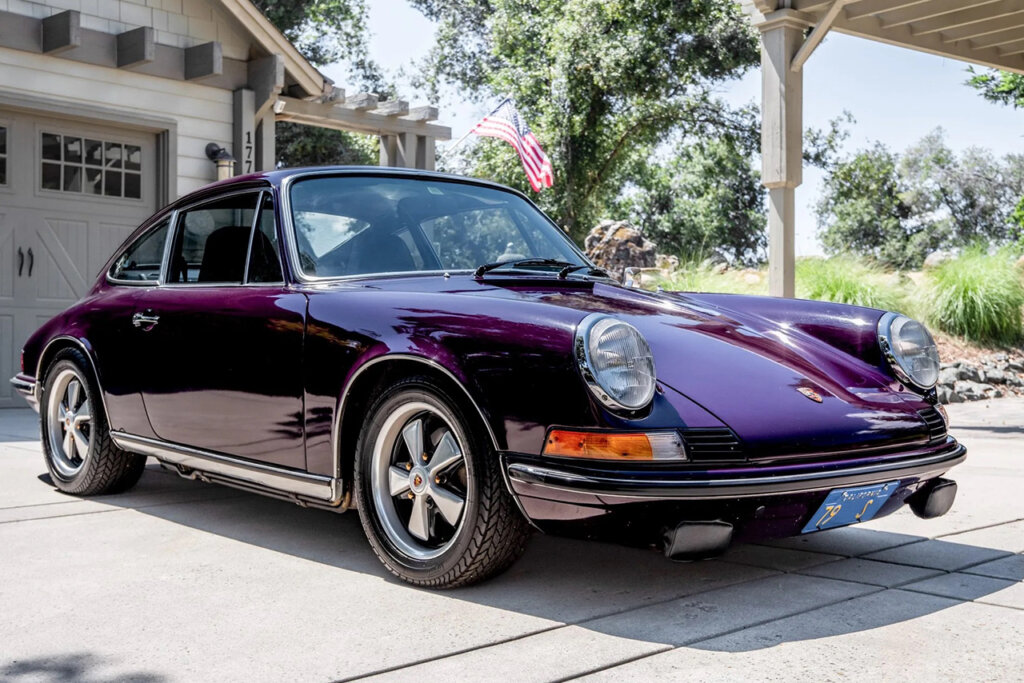
Source: Bring-A-Trailer
| Trim | Production | Engine | Power | Transmission | Drivetrain |
| 911 | 1964 – 1989 | 2.0L O, A & B Series Flat-Six Boxer (Rear-engine) | 128 HP / 130 PS / 96 kW | 5-Speed Manual | RWD |
The first-generation Porsche 911, introduced in 1964 as the 901 and later renamed the 911, heralded the beginning of an illustrious lineage that would redefine the sports car segment. At its inception, the 911 was equipped with a 2.0-liter air-cooled flat-six engine, a marvel of engineering that produced approximately 128 horsepower. This lightweight, rear-engine design became a hallmark of the 911, enabling it to deliver exceptional agility and handling characteristics. As the years progressed, the engine’s displacement increased, leading to models like the 911T (2.2-liter), the 911S (2.4-liter), and the 911 Carrera RS (2.7-liter), each refining the performance and capabilities of this legendary sports car. The 911’s air-cooled engine became synonymous with a purist driving experience, as enthusiasts reveled in the raw power and precise handling it offered.
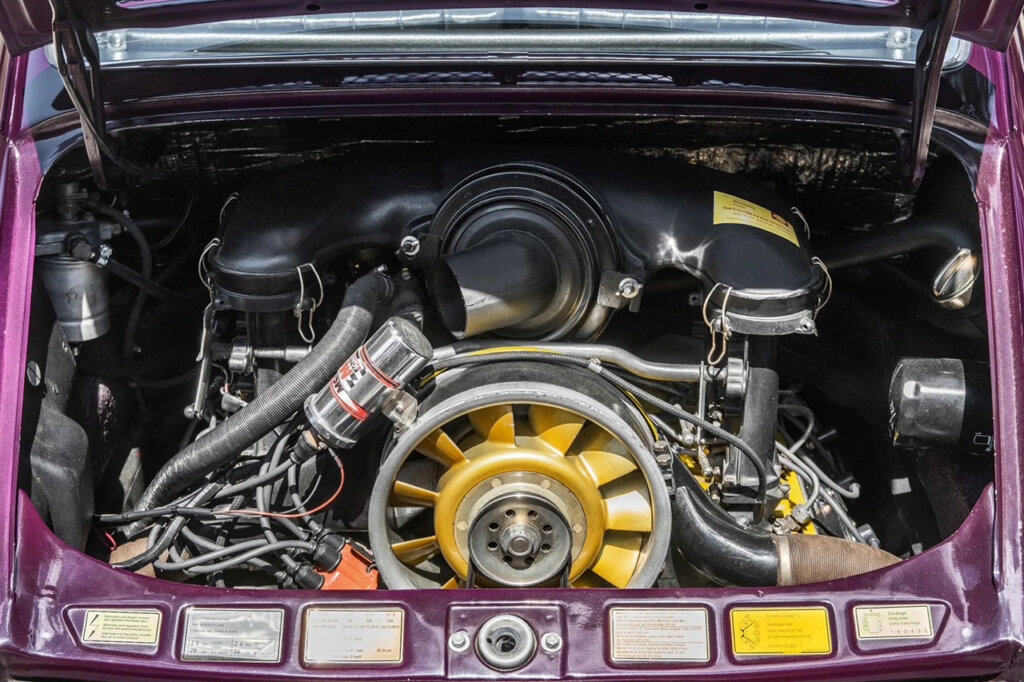
Throughout its 25-year production span, the first-generation 911 underwent numerous advancements, solidifying its position as a sought-after collector’s item. The introduction of the Porsche 930, also known as the 911 Turbo, in 1975 marked a turning point for the 911 lineup. Equipped with a turbocharged 3.0-liter air-cooled flat-six engine, the 930 delivered an astonishing 260 horsepower, propelling the car to a top speed of around 155 mph (250 km/h) and making it one of the fastest production cars of its time. The distinctive “whale tail” rear spoiler not only enhanced aerodynamics but also became a defining characteristic of the 930. This extraordinary machine captured the essence of the air-cooled era, combining raw power with the precision and finesse that the Porsche brand had come to represent.
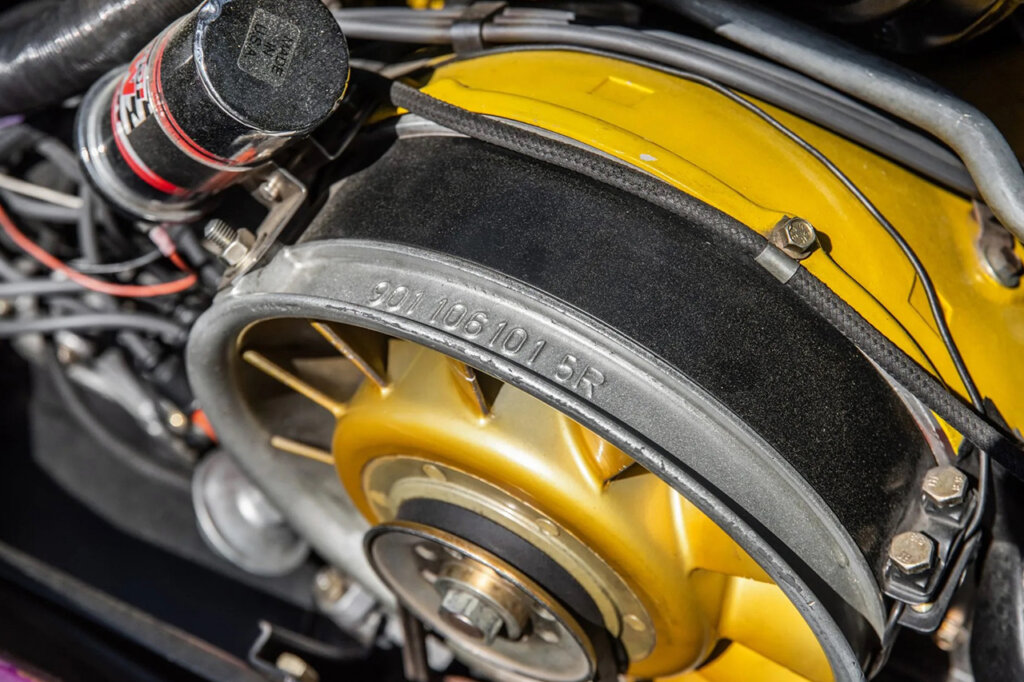
Source: Bring-A-Trailer
Porsche 930 (911 Turbo) (1975-1989)
The 930 generation of the Porsche 911 is also known as the Porsche 911 Turbo, and it was part of the first-generation 911 lineup. The Porsche 930, introduced in 1975, was a high-performance variant of the Porsche 911 (Generation 1) and is often referred to as the “911 Turbo.” It featured a turbocharged 3.0-liter air-cooled flat-six engine, producing an impressive 260 horsepower. The 930 was a significant milestone for Porsche, as it marked the introduction of turbocharging to the 911 lineup, enhancing its performance to supercar levels.
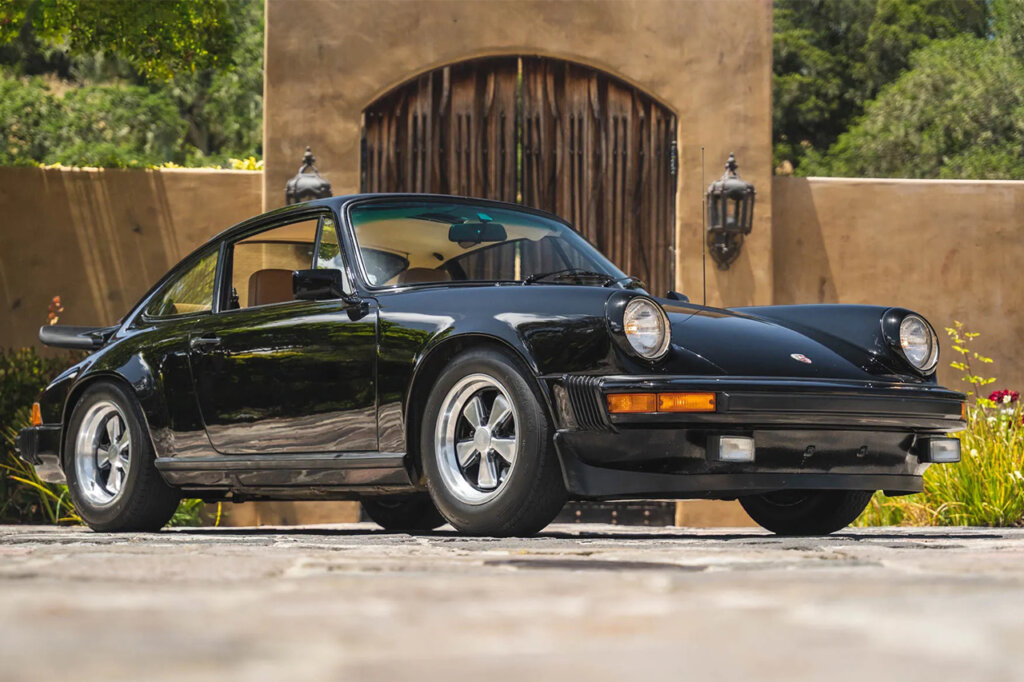
Source: Bring-A-Trailer
| Trim | Production | Engine | Power | Transmission | Drivetrain |
| 930 (911 Turbo) | 1975 – 1977 | 3.0L 930/50 air-cooled turbo Flat-six (Rear-engine) | 256 HP / 260 PS / 191 kW | 4-Speed Manual 5-Speed Getrag G50 Manual | RWD |
| 930 (911 Turbo) | 1978 – 1979 | 3.3L 930/60 air-cooled turbo Flat-six (Rear-engine) | 296 HP / 300 PS / 221 kW | 4-Speed Manual 5-Speed Getrag G50 Manual | RWD |
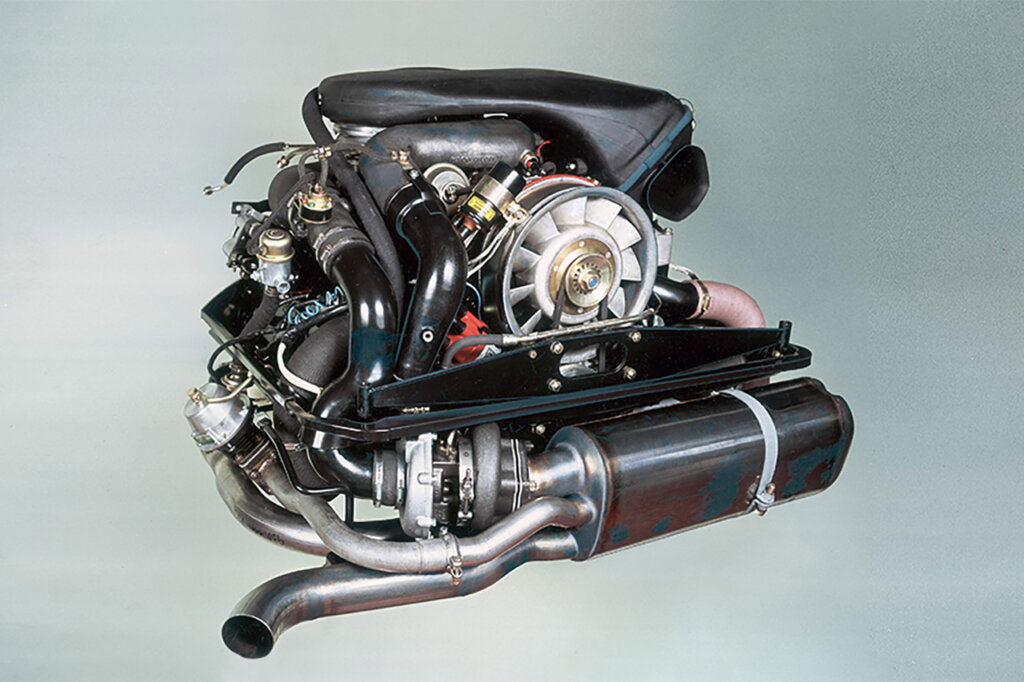
Source: Porsche
Taking the 911 to new heights, the Porsche 911 Turbo (930) joined the lineup in 1975. Its turbocharged 3.0-liter air-cooled flat-six engine unleashed a jaw-dropping 260 horsepower. The iconic “whale tail” rear spoiler became synonymous with the 911 Turbo, signifying both style and high-performance capabilities. With a top speed of approximately 155 mph and a 0 to 60 mph sprint in just over 5 seconds, the 911 Turbo became a benchmark for the supercar category. This trailblazing model solidified the Porsche 911 Turbo as a must-have for enthusiasts and collectors alike.
Porsche 964 (Carrera) (1989-1994)
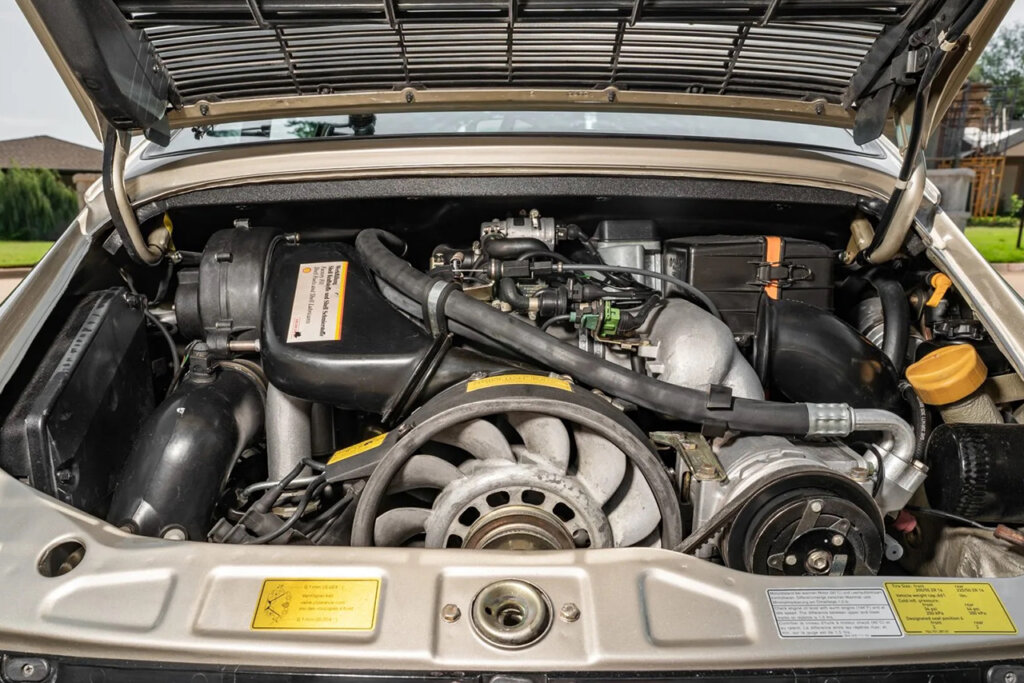
found in the 964 911 as shown above.
Source: Bring-A-Trailer
| Trim | Production | Engine | Power | Transmission | Drivetrain |
| Carrera 4 | 1989 – 1990 | 3.6L M64/01, 02, 03 Air-cooled Flat-Six (Rear-engine) | 247 HP / 250 PS / 184 kW | 5-speed 4WD Getrag G64 Manual | AWD |
| Carrera 2 | 1990 – 1993 | 3.3L M30/69 turbo Air-cooled Flat-Six (Rear-engine) | 316 HP / 320 PS / 235 kW | 5-speed Getrag G50 Manual 4-speed Tiptronic Automatic | RWD |
In 1989, Porsche unveiled the second-generation 911, known as the 964. While the fundamental design elements of the 911 remained intact, the 964 featured significant updates and modernizations. One of the most significant changes was the introduction of a new 3.6-liter air-cooled flat-six engine for the base Carrera model. This powerplant, with a power output of 247 horsepower, marked a substantial improvement over its predecessors and delivered a spirited driving experience. The 964 Carrera was available in Coupe, Targa, and Cabriolet variants, catering to a diverse range of enthusiasts. Additionally, advancements such as power steering and ABS (Anti-lock Braking System) further enhanced the 964’s usability and driving dynamics.
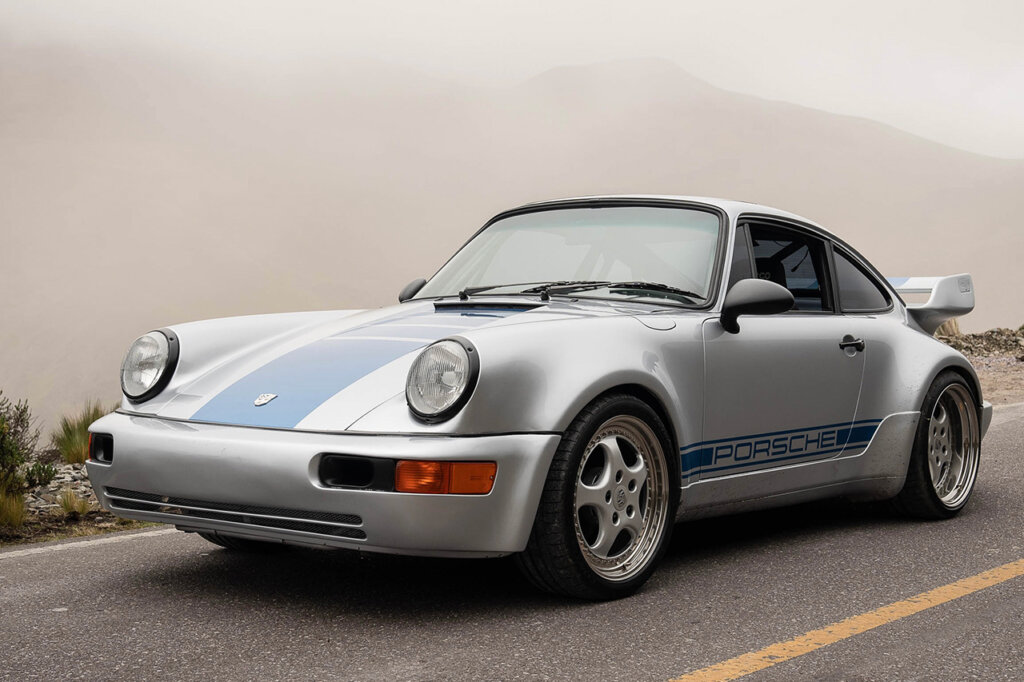
Source: Porsche
However, the true highlight of the 964 generation was the reintroduction of the Porsche 911 Turbo. This model, affectionately known as the 964 Turbo, featured a turbocharged 3.3-liter air-cooled flat-six engine capable of generating an awe-inspiring 320 horsepower. With the addition of an advanced four-wheel-drive system (optional), the 964 Turbo exhibited unparalleled traction and stability, setting new standards for supercar performance. The 964 generation was a testament to Porsche’s commitment to continuous improvement, with its blend of classic design elements and modern engineering innovations becoming an enduring symbol of automotive excellence.
Porsche 993 (1995-1998)
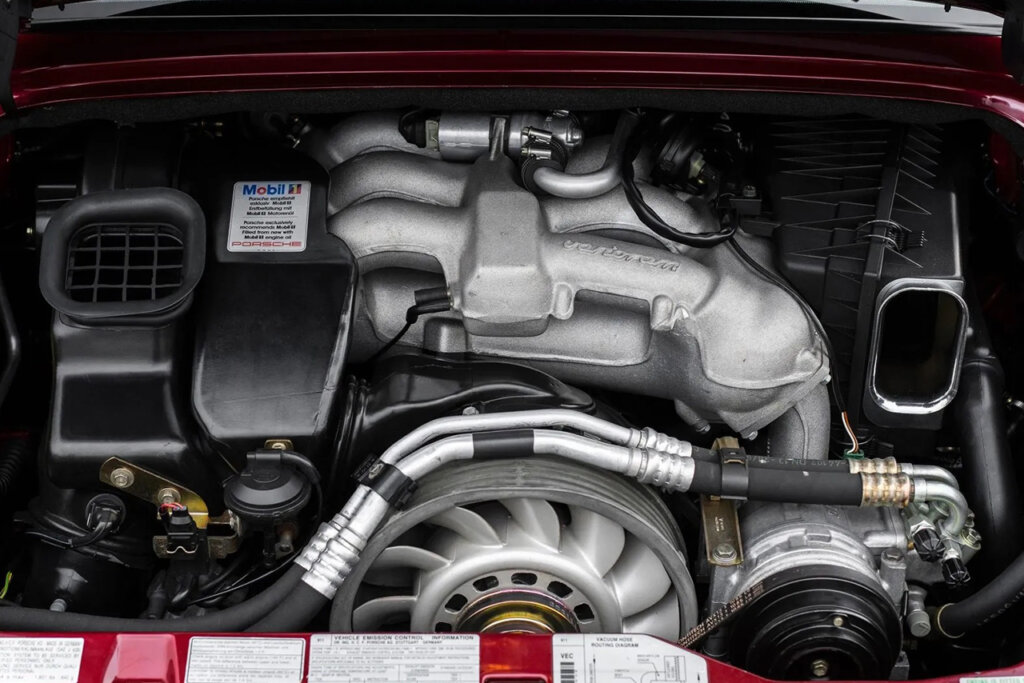
| Trim | Production | Engine | Power | Transmission | Drivetrain |
| 993 Base Carrera | 1994 – 1998 | 3.6L M64 air-cooled SOHC Flat-Six (Rear-engine) | 268 HP / 272 PS / 200 kW | 4-Speed Automatic 5/6-Speed Manual | RWD/AWD |
| 993 Turbo | 1994 – 1997 | 3.6L M64/60 air-cooled twin-turbo SOHC Flat-Six (Rear-engine) | 402 HP / 408 PS / 300 kW | 4-Speed Automatic 5/6-Speed Manual | AWD |
| 993 Turbo S | 1997 – 1998 | 3.6L M64/60 air-cooled twin-turbo SOHC Flat-Six (Rear-engine) | 424 HP / 430 PS / 316 kW | 4-Speed Automatic 5/6-Speed Manual | AWD |
The fourth and final air-cooled generation, the Porsche 911 (993), made its debut in 1994, representing the pinnacle of the air-cooled era. The 993 featured a harmonious blend of timeless design, innovative technology, and engineering excellence. The base 911 Carrera was powered by a refined 3.6-liter air-cooled flat-six engine, delivering 268 horsepower. Building upon the successes of its predecessors, the 993 Carrera offered enhanced performance and driving dynamics, making it a compelling choice for enthusiasts seeking the quintessential 911 experience.
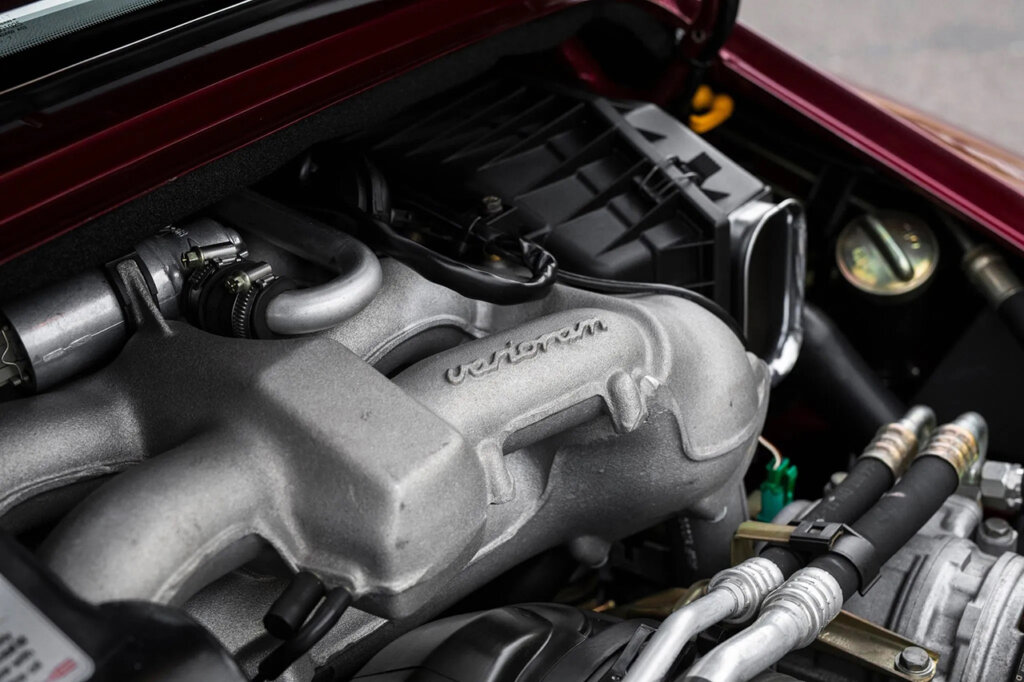
Source: Bring-A-Trailer
However, the crown jewel of the 993 generation was the Porsche 911 Turbo, known as the 993 Turbo. This model, equipped with a twin-turbocharged 3.6-liter air-cooled flat-six engine, produced an exhilarating 402 horsepower. With a 0 to 60 mph sprint time of under 4 seconds and a top speed of around 180 mph (290 km/h), the 993 Turbo redefined the boundaries of performance for its time. Advanced technologies such as all-wheel drive (AWD) and an electronically controlled rear spoiler contributed to the 993 Turbo’s impressive performance and handling characteristics. The 993 generation was the ultimate expression of the air-cooled Porsche 911, representing the pinnacle of analog driving pleasure and an era that would be cherished by enthusiasts for generations to come.


